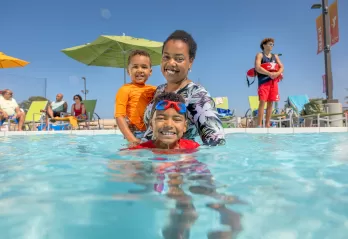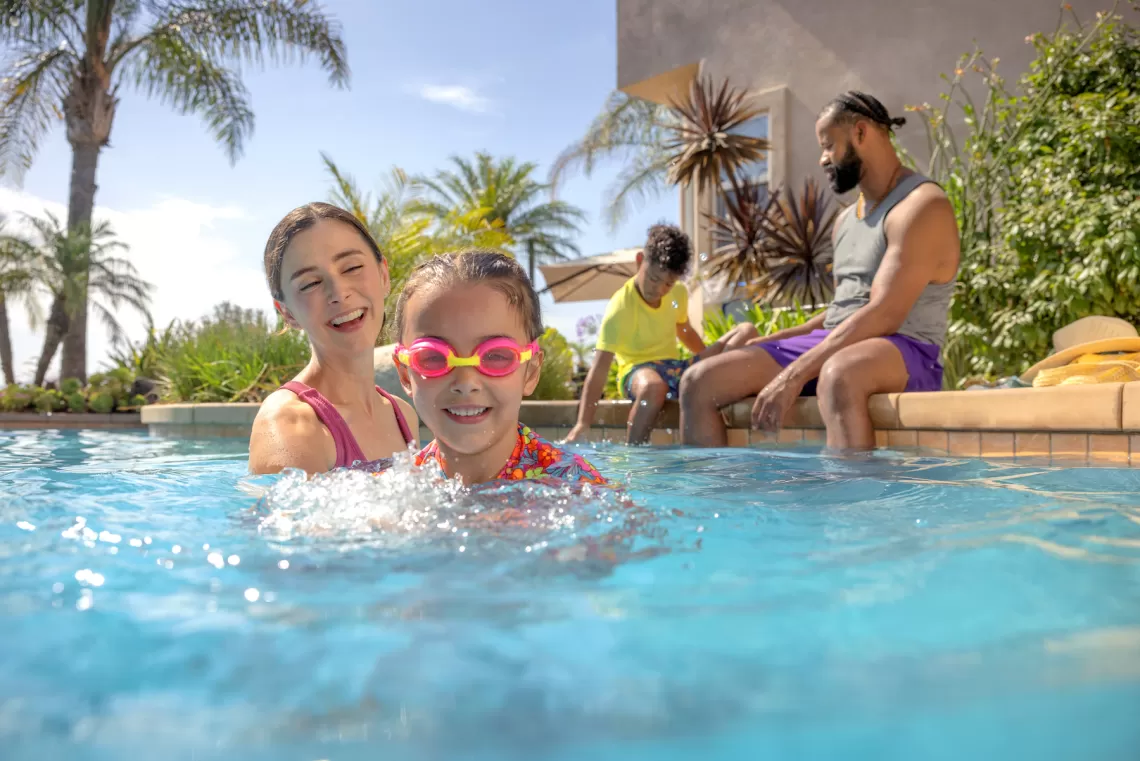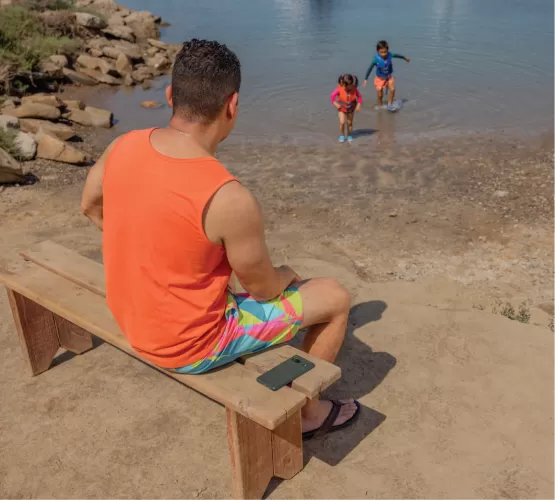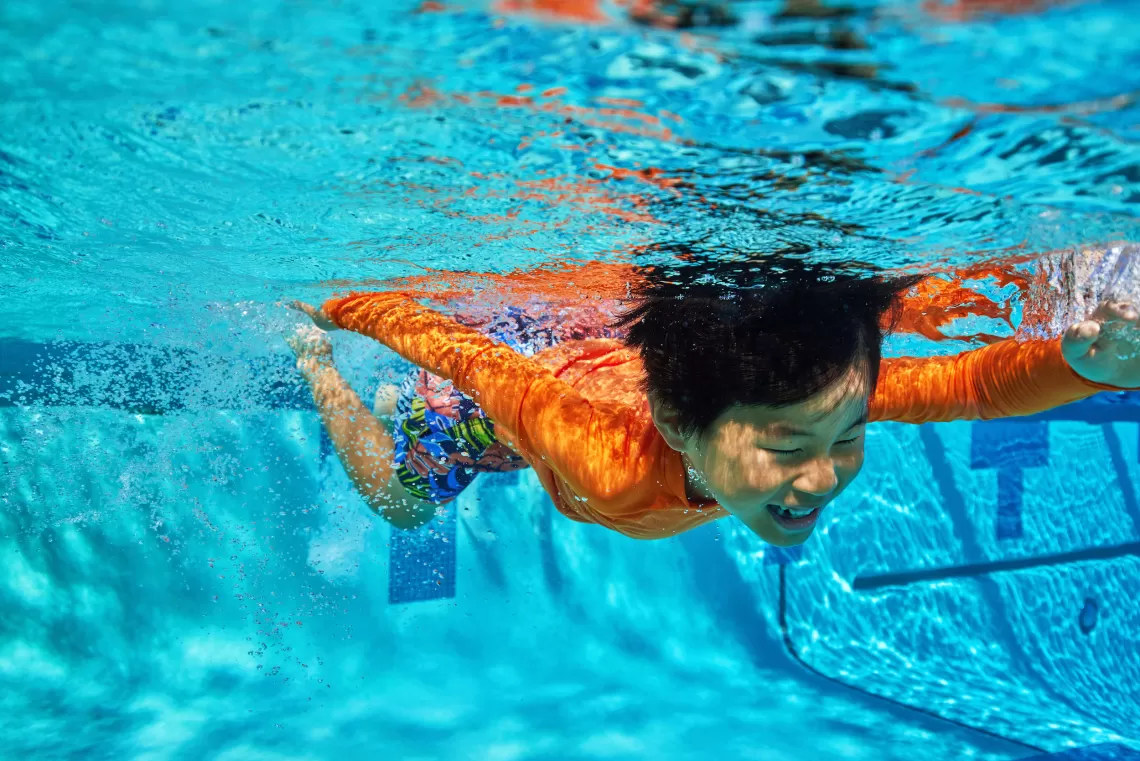Top 10 Water Safety Tips for Families

Swimming Is Fun—But Safety Comes First
Swimming is not only excellent exercise but also a fantastic way for families to bond and create lasting memories. Whether you're enjoying a backyard pool, spending the day at the lake, or visiting the beach, water activities offer joy and connection.
However, many people underestimate the dangers of swimming without proper safety measures.
Drowning incidents can occur quickly and silently, often without any signs of struggle. By equipping your children with essential swimming safety skills and knowledge, you’re not only preventing potential accidents—you’re giving them the tools to enjoy the water safely and confidently for life.
Top 10 Water Safety Tips for Families
Water safety involves understanding how to stay safe in and around pools, lakes, and oceans. Whether you're visiting your local YMCA pool, heading to the beach, or enjoying a weekend at the lake, teaching children essential water safety skills is key to preventing accidents and ensuring fun for the whole family.
Here are the Top 10 Water Safety Tips every parent should know:
2. Supervise Children Closely
Children should always be supervised near water—whether it’s the pool, lake, or bathtub. For younger kids, stay within arm’s reach (also known as “touch supervision”). For older children, remain actively engaged and avoid distractions like your phone. Take turns supervising if you're with other adults.

5. Reach, Throw, Don’t Go
If someone is in trouble in the water, teach children to reach with a pole or throw a flotation device, but never jump in. Attempting a rescue without training can lead to multiple drownings.
6. Enter the Water Feet First
Diving into shallow or unfamiliar water can cause serious injuries. Teach children to always enter feet first unless the area is clearly marked for diving and they’ve learned safe diving techniques.

7. Avoid Pool Drains
Broken or uncovered drains can trap hair, clothing, or limbs. Teach kids to steer clear of drains and report any damaged or missing drain covers immediately to a lifeguard or pool staff.
8. Swim in Designated Areas
Whether at the pool or beach, stay within roped-off areas and obey lifeguard instructions. Don’t let children swim in deeper water than they’re comfortable with or capable of handling

9. Avoid Alcohol While Swimming or Supervising
Alcohol impairs judgment and reaction time. Adults supervising children should avoid drinking, and teens should be educated about the risks of mixing alcohol with swimming.
10. Learn CPR
Knowing CPR can save lives. Parents and caregivers should become certified in CPR for adults, children, and infants. Classes are available through the YMCA, the American Red Cross, and local hospitals.
Teach Water Safety Through Communication and Practice
It’s not enough to follow safety rules—children need to understand why the rules exist. Talk with them openly about safe swimming habits and model those behaviors yourself. Explain why life vests are necessary, why they should stay in sight, and why diving can be dangerous.
Enroll in Swim Lessons
The most effective way to teach children water safety is through formal swim lessons. At the Gateway Region YMCA, our lessons help kids:
- Learn survival skills before mastering strokes
- Gain confidence and comfort in the water
- Reduce their risk of drowning by up to 88% (especially ages 1–4)
We offer swim lessons for all ages and skill levels—from toddlers to teens to adults who want to learn for the first time.
Choosing the Right Water Safety Devices
Floaties, inflatable toys, and pool noodles are fun but should never be used as safety devices. Use them only under close adult supervision. For true safety, always rely on properly fitting life vests, especially when swimming in open water.
If you're unsure what equipment is best, ask your child's swim instructor or aquatics director. They can guide you on what’s safest based on your child’s age and swimming ability.
At-Home Pool Safety Tips
If you have a backyard pool, invest in water safety equipment such as:
- Fences with self-latching gates
- Pool alarms
- Safety pool covers
- Rescue hooks and float lines
- Life preservers
These tools add important layers of protection when the pool is not in use.
Why Water Safety Matters
Swimming is fun, promotes healthy living, and builds confidence—but it comes with risks. Following these safety tips and enrolling in YMCA swim lessons helps your family stay safe while enjoying the water.
🏊 Ready to get started?
Contact your local YMCA aquatics director to learn about swim lesson availability and water safety resources in your area. Click here to learn more about YMCA Swimming Lessons and to enroll your swimmmer today!


